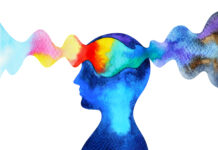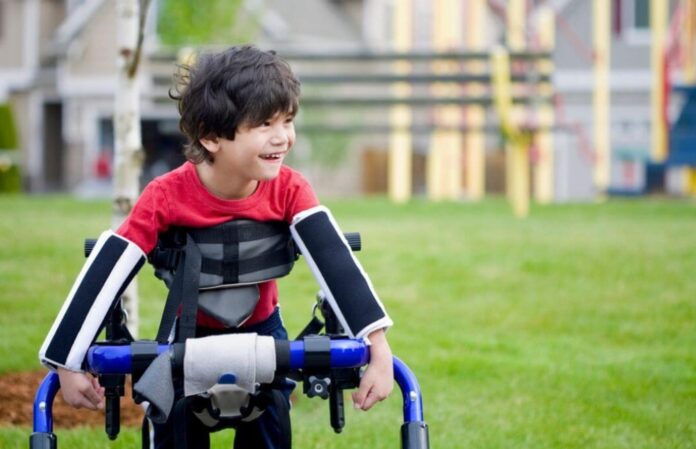
Cerebral palsy (CP) is a debilitating, lifelong condition with no known cause or cure. In the United States, about 10,000 newborns will be diagnosed with the condition each year, while about 764,000 people exhibit at least one symptom of it. There is no test that can be used to definitively confirm cerebral palsy. Knowing the signs of cerebral palsy can help you identify it in your child.
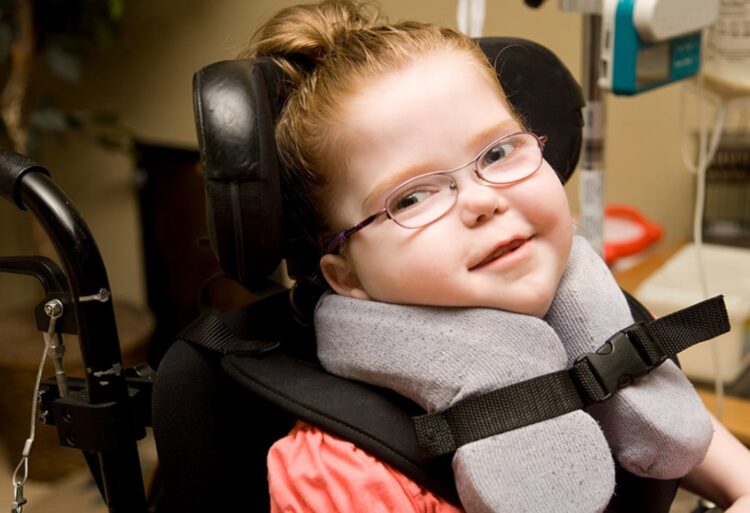
What Is Cerebral Palsy?
Cerebral palsy is the name that refers to a group of congenital neurological disorders affecting the muscles and posture. Babies born with cerebral palsy have trouble developing proper muscle tone and have problems controlling their bodies. Symptoms of cerebral palsy in children include the following:
- Poor posture
- Unable to hold their head up
- Delayed speaking or walking
- Involuntary movements or rigidity
- Poor motor control
- Weakness in a limb or across the body
What Causes Cerebral Palsy?
There is no single known cause of cerebral palsy, but it develops when the child is in the womb or around the time of birth. During this time, the fetus suffers brain damage, which impacts the further development of their body. The condition is believed to develop when different causal pathways, or chains of events that can lead to an aspect of the disorder, combine.
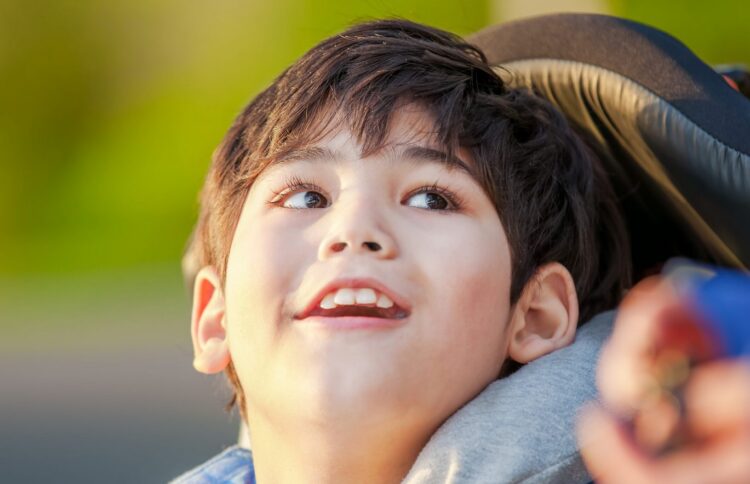
What Types of Cerebral Palsy Are There?
Cerebral palsy can be broken down into four broad categories:
Ataxia
Those with ataxia suffer from balancing issues, often due to damage to the cerebellum. They may have trouble standing and can become woozy or fall frequently. The symptoms of ataxia are similar in some ways to those of being drunk.
Spasticity
Spasticity is associated with damage to the brain’s motor cortex. People with spasticity are subject to jerky motions due to hypertonia, or an overgrowth of muscle. The motions of their affected limbs can also seem to be rigid.
Dyskinesia
Dyskinesia is related to damage to the basal ganglia in the brain and leads to sudden, uncontrollable motions. This can become especially pronounced when a person attempts to move.
A Combination
Some of those suffering from cerebral palsy exhibit conditions from two or more of the above categories.
A brain scan can help to detect damage to areas of the brain that are associated with each type of cerebral palsy and can help lead to a diagnosis. There are a variety of types of cerebral palsy, and you can visit this website to learn more about them.

How Does Cerebral Palsy Affect Everyday Living?
How cerebral palsy will affect an individual will depend on the type they have, the severity, and which body parts are affected. A person with CP may be able to hold a job and to live independently as an adult, or they could be so impaired that they will need lifelong care to perform basic functions.
Cerebral palsy can affect virtually every aspect of life, from the individual’s ability to eat, communicate, sleep, and learn. An individual with CP could have trouble with breathing, bladder control, bowel control, and posture. This condition can also affect the individual’s ability to move or to stop moving. The person with CP could experience uncontrollable tremors, or they may not be able to control their movements.
Is Cerebral Palsy Fatal?
Once a child has cerebral palsy, the condition is unlikely to be fatal. Symptoms are likely to be relatively static across the person’s life, but they may worsen or improve with treatment. However, the condition is not degenerative like other illnesses that affect the muscles. A child should be tested to rule out other conditions that can be causing their cerebral palsy symptoms.
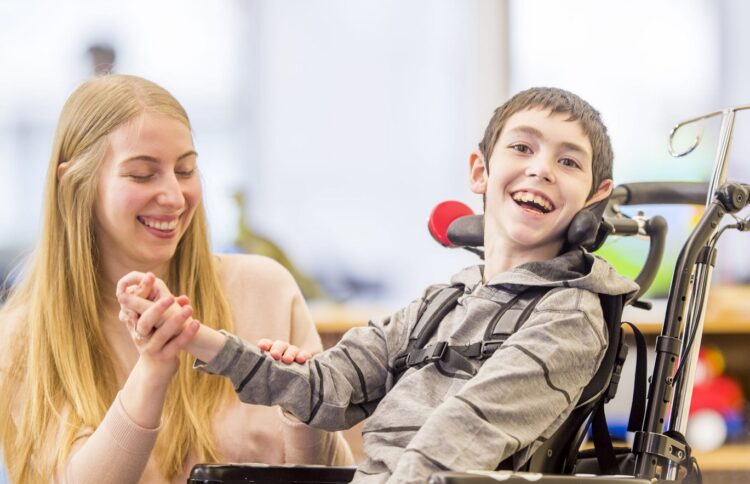
What Treatments are Available for Cerebral Palsy?
Cerebral palsy may not be curable, but it is certainly treatable. Medical professionals will prescribe a range of treatments based on the individual’s symptoms. Any of the following may be used to give a person with CP the best possible quality of life.
Therapy
Physical therapy is a common treatment for cerebral palsy, and it can help those who undergo it develop to their full potential. Speech and language therapy are other common treatment options that can assist people who try to overcome the difficulties in speaking that can come with cerebral palsy. Feeding therapy can also help someone with CP with their ability to eat and digest food.
Medication
Many people with cerebral palsy take several different medications to treat the disorder. These medications can help with:
- Preventing seizures
- Reducing spasms
- Relaxing the muscles
- Controlling body movements
- Managing pain
- Assisting digestion
These medications may need to have their prescribed amounts adjusted frequently as the affected individual’s symptoms change throughout their lifetime.
Surgery
Surgeries can also correct orthopaedic complications or stop muscle spasms by severing the nerves that are connected to them.
Cerebral palsy is a lifelong condition, but it can be managed with many treatment options. Those with the condition can go on to lead full lives. If you suspect your child may have developed cerebral palsy due to a birth injury, contact a lawyer specializing in this type of case today.
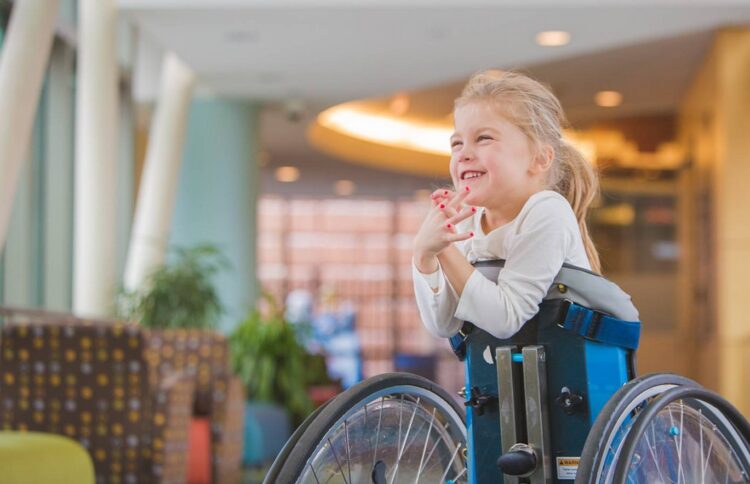
Cerebral Palsy and Mental Health
One often-overlooked aspect of quality of life for people with cerebral palsy is mental health. One 2019 study published in the Annals of Internal Medicine found that individuals with CP were at heightened risk of suffering from mental disorders. These included:
- Schizophrenic disorders
- Mood affective disorders
- Anxiety disorders
- Behavior and personality disorders
Females with cerebral palsy were determined to have more incidences of mental disorders than females who do not have CP. In addition to this, males with cerebral palsy were found to be more likely to abuse alcohol or opioids while females with CP did not have higher rates of substance abuse than females who do not have the condition..
Depression is a problem for many people with cerebral palsy, and they may take antidepressant medications as a result. They may be more likely to suffer from depression if they have other comorbid disorders or if they suffer from bullying.
New treatment methods for cerebral palsy are currently in development, and as these are approved quality of life may be further improved for people suffering with cerebral palsy. By getting early interventions and working with a medical team, children and adults with cerebral palsy can go on to lead rich, full lives.



